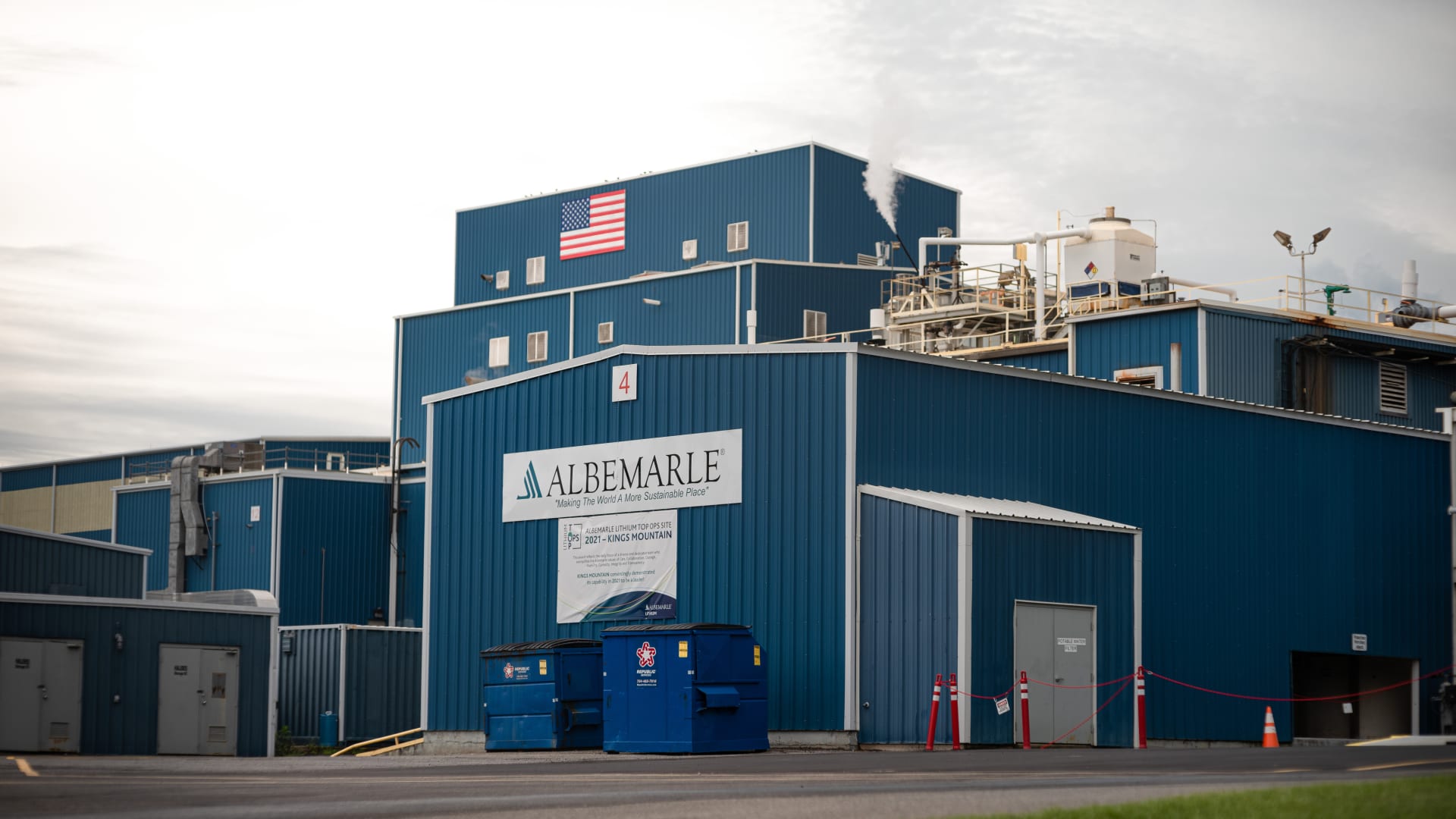Of all the clean energy items in President Biden’s newly Fiscal Year 2022 federal budget, hydrogen sticks out like a sore thumb. Hydrogen is a zero emission fuel, but almost all of the hydrogen on the market today is sourced from natural gas. So, does the FY22 budget give natural gas stakeholders a chance to pull another one of those “bridge fuel” dekes? Maybe not, if the green hydrogen fans at the US Department of Energy have anything to say about it.
Say It Loudly: Natural Gas Never Was A Bridge Fuel
Way back during the Obama administration, natural gas stakeholders convinced policymakers, and many other climate hawks to promote natural gas as a “bridge fuel” that would help the US transition more quickly out of coal power.
The economic case was pretty clear, due to the Obama-era natural gas boom, which was touched off by a Bush-era rule that shielded domestic natural gas producers from environmental protection regulations. The result was a flood of gas into the US market. Strict limits on gas exports helped gin up the oversupply, which pushed the price of gas down and kept it there.
That did help loosen the grip of coal on US power generation early on, when the cost of wind and solar power was still somewhat higher. However, that thing about gas being cleaner than coal is still an open question. US methane emissions took off like a rocket during the natural gas boom, and methane is a powerful greenhouse gas.
Researchers are still picking through the pieces in terms of overall climate impacts, as recently noted by our friends over at Inside Climate News, and evidence is beginning to emerge that the whole “bridge fuel” idea was a bunch of public relations malarkey.
Meanwhile, the local impacts of natural gas operations have already come into focus, including significant public health consequences along with water pollution, stress on water resources, and other environmental impacts.
Green Hydrogen To The Rescue
Now that low-cost wind and solar are pushing natural gas out of the US power generation profile, gas stakeholders are sniffing around for new markets, and the hydrogen fuel cell market is one of them.
For those of you new to the topic, fuel cells generate electricity by fostering a reaction between hydrogen gas and ambient air. Stick a fuel cell on four wheels and now you have an instant electric car. Fuel cells can also be used for energy storage and backup power.
The fuel cell passenger car market doesn’t seem to be going anywhere and has fundamental problems with physics, even though Toyota and a couple of other automakers are still juicing the effort. Fortunately for natural gas stakeholders, though, the larger-vehicle end of the transportation sector is dabbling in hydrogen and fuel cell trucks and other heavy-duty applications, including aircraft, watercraft, tractors and other farm equipment, and locomotives.
Well, not so fast. Mobility manufacturers are already beginning to latch onto green hydrogen as a marketing tool and deep decarbonization pathway. Much of the activity is centered on “splitting” hydrogen gas from water with an electrical current, using renewable energy to do the heavy lifting. Biogas, wastewater, industrial waste gasses, and waste plastic are among other potential sources that provide alternatives to virgin natural gas.
Green Hydrogen Bomb About To Explode
To fight back against the green hydrogen tide, natural gas stakeholders have come up with the idea that it somehow makes sense to keep producing hydrogen from natural gas, so long as carbon capture systems are involved. However, the cost of both renewable energy and electrolyzers (the gizmos used in water-splitting) is sinking like a stone. Natural gas is going to have a tough time making its case on a bottom-line basis.
Adding to the hurt, the so-named “blue hydrogen” sales pitch is bumping up against the deep decarbonization trend. Fuel cell stakeholders are already adding green hydrogen to their to-do lists, and gas turbine stakeholders are also making the pivot to green hydrogen. Mitsubishi, for example, is marketing a new gas turbine that transitions from natural gas to green hydrogen as the supply of renewable H2 increases.
The Green Hydrogen Fly In The Natural Gas Ointment
Former US President and accused insurrectionist Donald Trump cheered for domestic natural gas production during his term in office, but a red flag popped up last fall when France nixed a huge $7 billion export deal, apparently on account of lax standards for methane emissions in the US.
If US gas producers were not paying attention, the US Department of Energy sure was. Among other green hydrogen R&D projects preceding the Trump administration, the Energy Department launched a suite of “transformational” power-to-gas projects in 2015, and the work continued right on through Trump’s one term in office.
As if to send a love letter — not the good kind — to natural gas stakeholders in advance of Election Day 2020, last year the Energy Department fired off a whole new series of green hydrogen and fuel cell projects during Trump’s final months in office. That included a new sustainable hydrogen initiative that launched last June, and the formation of a new fuel cell R&D consortium aimed squarely at green hydrogen in October.
Also in October, the Energy Department inked a new clean power R&D partnership with the Netherlands, which is a hotspot for the emerging combo of offshore wind farms with green hydrogen production.
What Is This FY22 Budget Of Which You Speak?
Trump or no Trump, all of that activity set the stage for the US to lead the global green hydrogen trend instead of lagging behind. That is especially apparent in the area of offshore wind.
The Biden administration took a victory lap earlier this month, when the Trump-delayed Vineyard Wind offshore wind farm in Massachusetts finally took a major step forward. As the very first world-class US offshore wind farm to navigate the Interior Department’s new review process, Vineyard smoothed the waters for a whole series of similar projects up and down the Atlantic coast.
Last week, the Biden administration also announced plans to open up the Pacific coast for offshore wind development. The Pacific coast is characterized by unique technology and national security challenges, but with the help of new floating wind turbines and a seal of approval from the US Department of Defense, the gigawatts will soon start rolling in.
This is all on top of the Gulf of Mexico, where the green ammonia angle could provide a bottom-line incentive to produce green hydrogen from offshore wind farms.
Into this picture steps the President’s newly proposed Fiscal Year 2022 budget.
Last Friday, Energy Secretary Jennifer Granholm enthused at length over the FY22 proposals for her agency. Buried towards the middle of her statement was a hint about hydrogen, within a reference to something called “Energy Earthshots,” which apparently is a nod to the agency’s ongoing Sunshot solar energy cost-cutting effort, which in turn refers to former President Kennedy’s call for a “Moonshot” to win the race to the Moon.
Granholm explained that Energy Earthshots “will drive integrated program development across DOE’s science and applied energy offices and ARPA-E to advance carbon-neutral fuels such as hydrogen, new grid modernization technologies, and revolutionize carbon management.”
Based on a multinational clean power initiative Granholm launched in April, that means renewable hydrogen, not whatever the hydrogen is that natural gas producers would like to produce. After all, Biden campaigned on a promise to pour Moonshot-scale dollars into clean energy and cutting-edge clean tech, and it looks like green hydrogen made the short list.
To be clear, there is still some wiggle room for the carbon capture idea, but Granholm appears willing to let the marketplace decide. In a speech last April she offered this tidbit to natural gas stakeholders:
“… we’ll start lowering the cost of clean, renewable hydrogen by 80 percent before 2030, making it competitive with natural gas.”
Ouch!
So, what exactly is Energy Earthshots? Who knows! The Energy Department has nothing further to say on that topic, at least not yet. The US Geological Survey has some really cool images on its Earthshots website, but that’s not the same thing, so stay tuned for more whenever the Energy Department gets ready to announce something.
Follow me on Twitter @TinaMCasey.
Featured image courtesy of Lawrence Berkeley National Laboratory, US Department of Energy (credit: Thor Swift/Berkeley Lab): “Guosong Zeng (left), a postdoctoral scholar, and Francesca Toma, a staff scientist, both in Berkeley Lab’s Chemical Sciences Division, test an artificial photosynthesis device made of gallium nitride. Toma and Zeng discovered that the device, rather than degrading over time, improves with use.”


